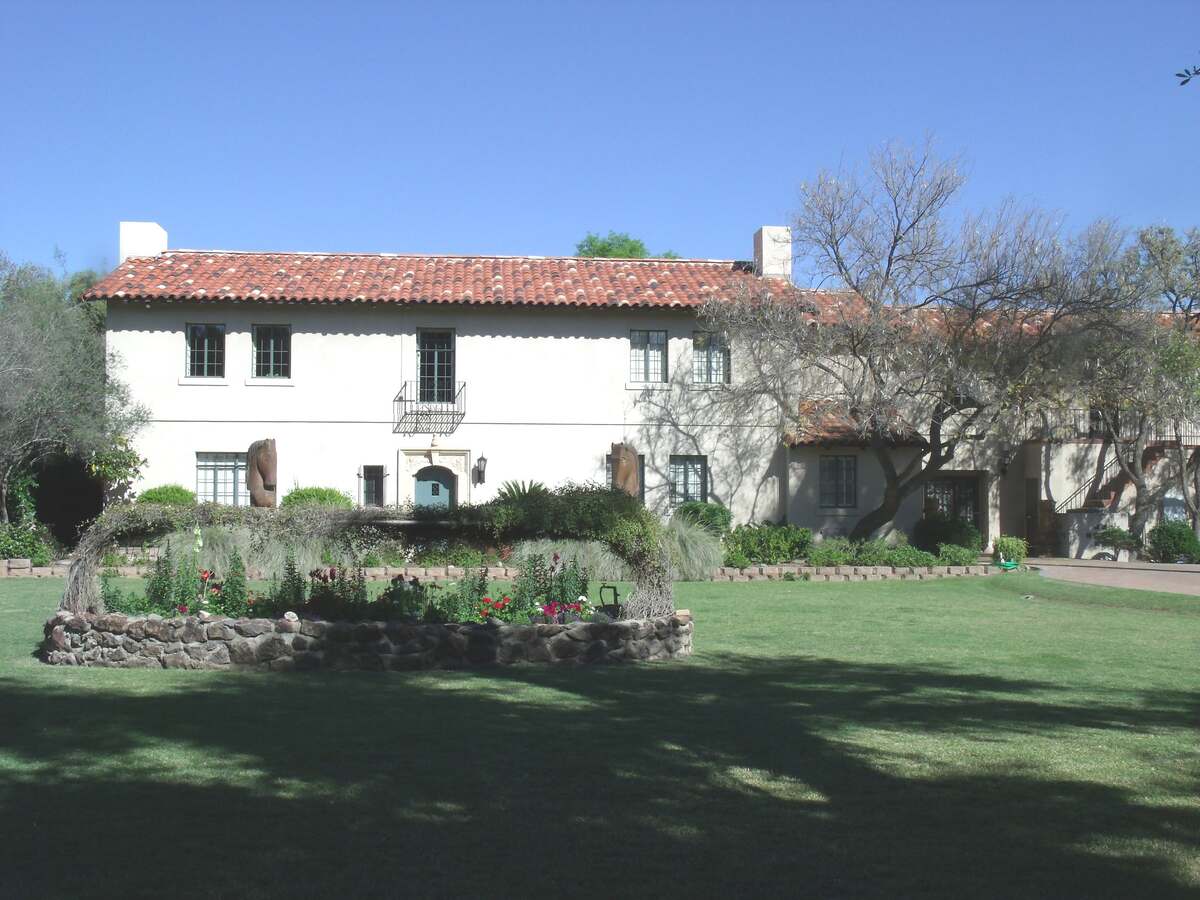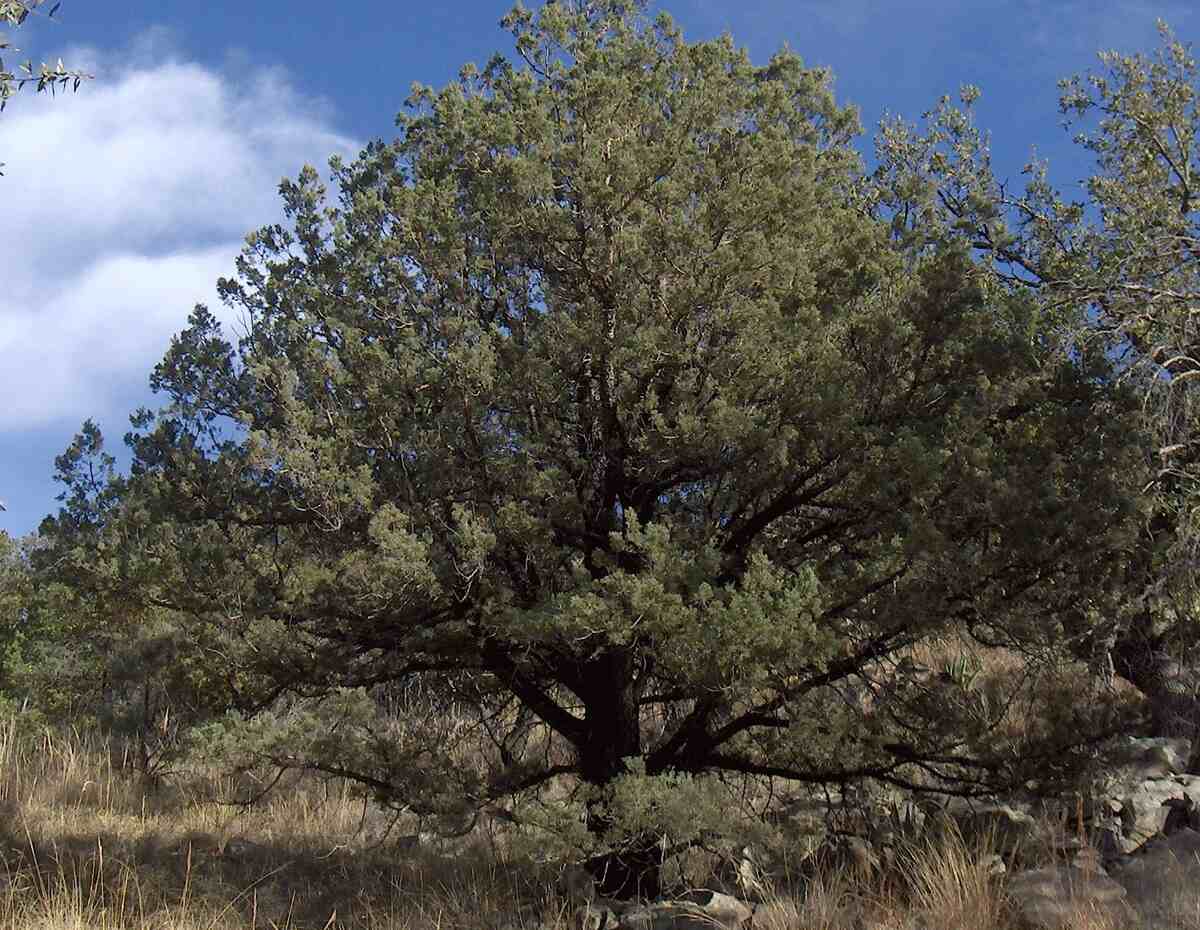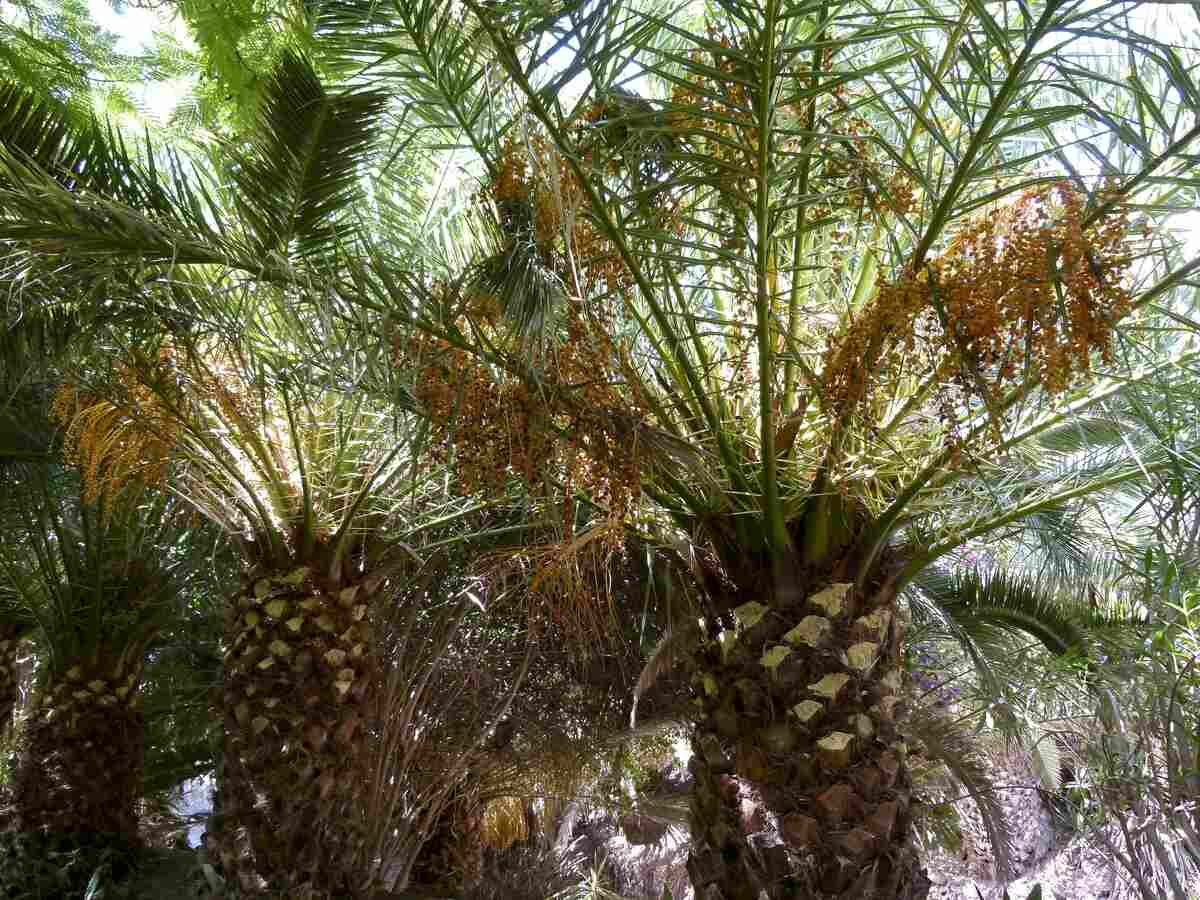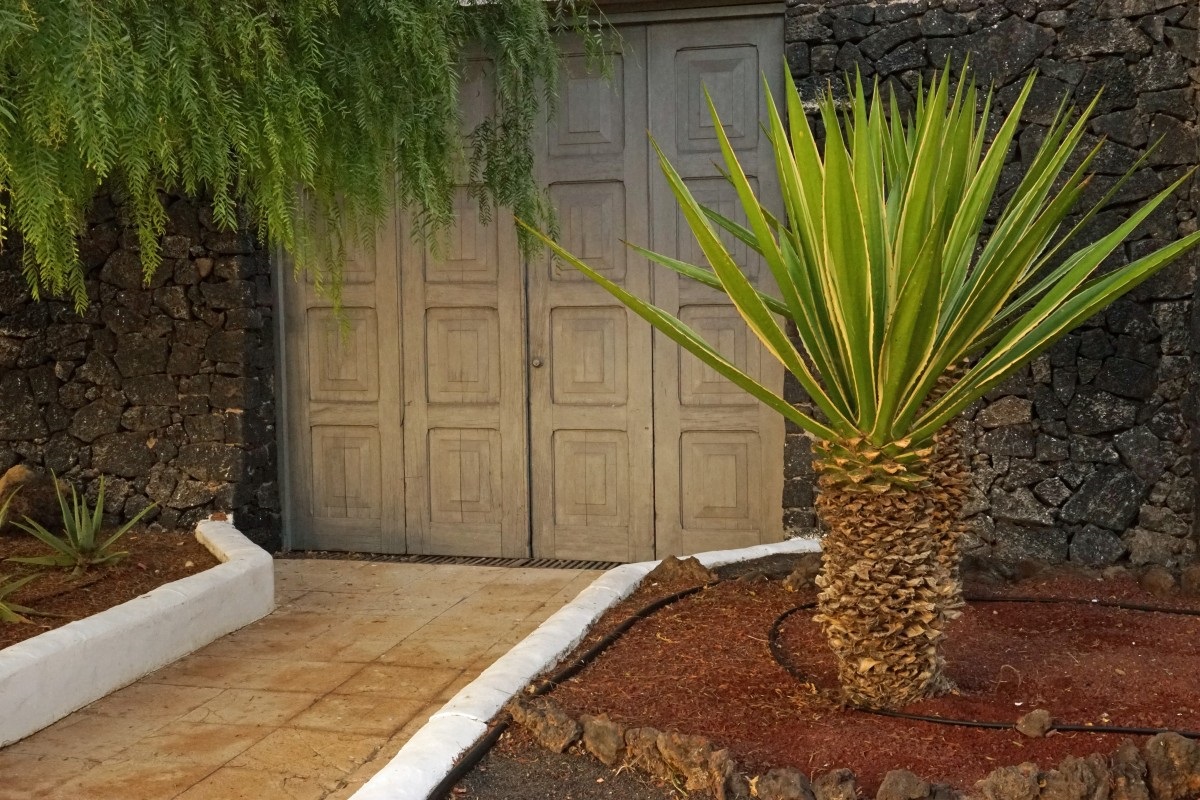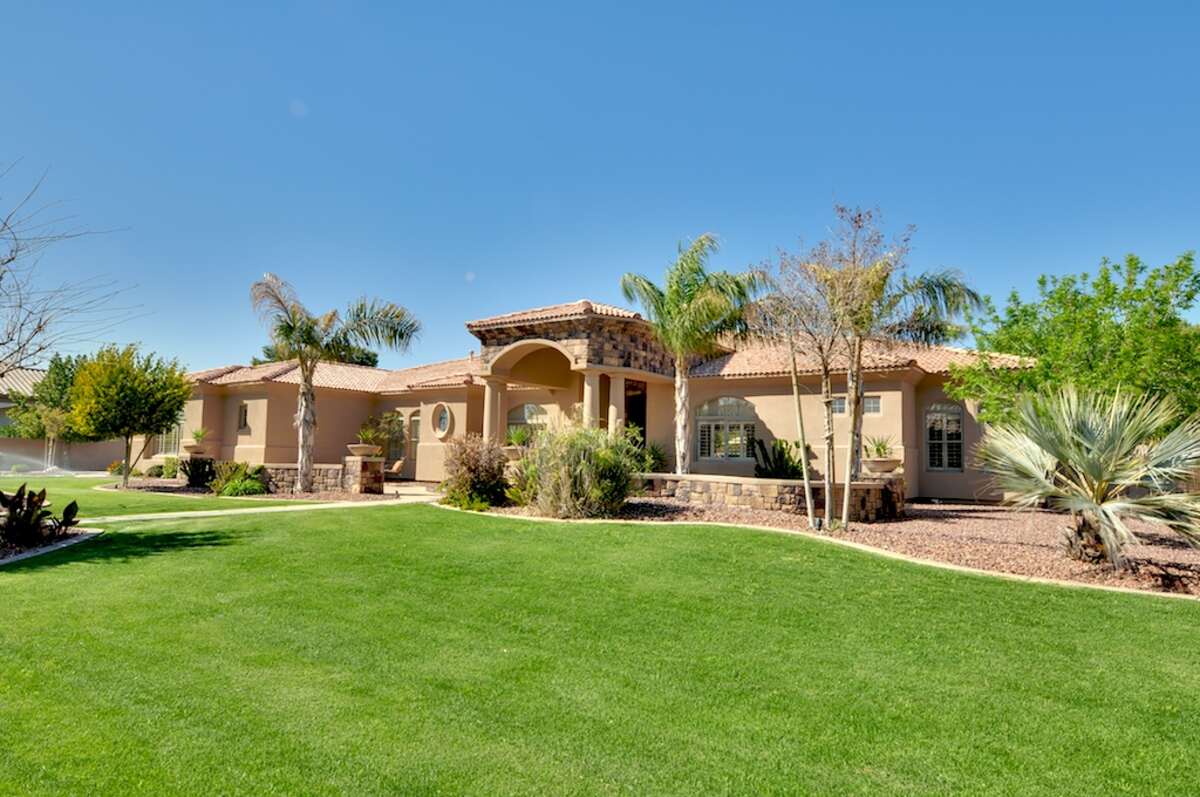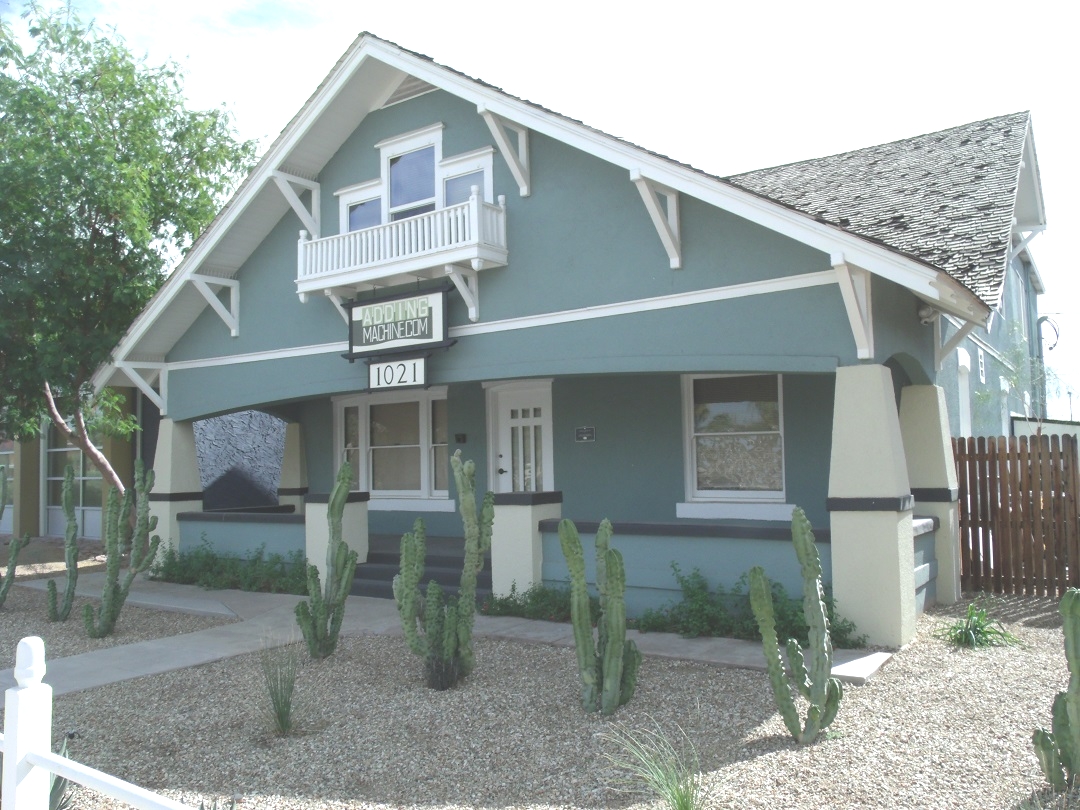
Are you ready to save the environment and some money? Ditch your Phoenix yard and you’ll have a low-maintenance landscape as well as a garden you can be proud of.
Why is xeriscaping popular in Phoenix?
Americans use nearly a third of their water on their lawns. Xeriscaping is a water-conscious alternative: Low-water and drought-tolerant plants cut down on your water usage. Instead of sending water down the drain, your xeriscape conserves water, blends with its environment, and can seriously upgrade your curb appeal.
Phoenix is the perfect city for xeriscaping. Centered in the Sonoran Desert, this city records an average of 334 days of sunshine a year, which makes Phoenix the country’s sunniest major city. No wonder Phoenix is called the Valley of the Sun.
All that sun means we also have to deal with heat. Phoenix endures more than 100 days a year with temperatures topping 100 degrees.
But what makes this city a xeriscaper’s paradise is the arid climate. Although the Sonora is considered wet for a desert, it receives only about 8 inches of rain a year. The native plants that thrive in Phoenix can survive a dry spell. This makes Phoenix an ideal location to upgrade your yard to a new low-maintenance masterpiece.
Here are some tips to get you started on your very own Phoenix xeriscape:
1. Plan Your Xeriscape
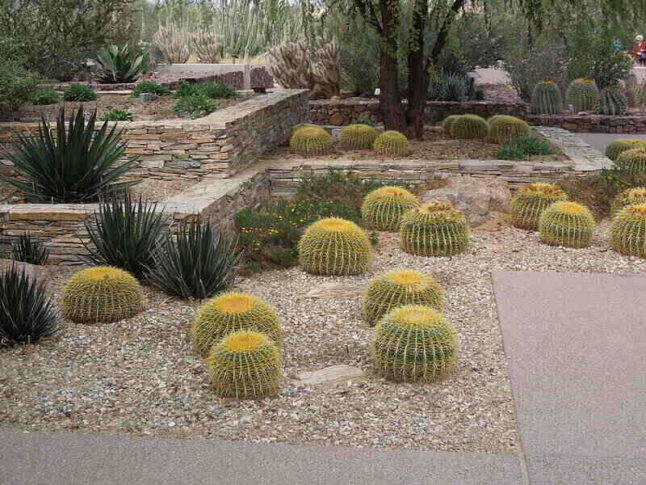
When crafting your desert oasis, we recommend you draw up a landscaping blueprint. You can set out on this adventure by first diagramming your lawn, including measurements and relevant features like trees and hardscapes. Decide on a purpose for your xeriscape design. Do you need space to chase your dog around, or do you want to charm guests with a xeric front yard?
The blueprint is also an opportunity to research and select the best plants for your Phoenix xeriscape. We’ll run down some of the best plants for your growing conditions. You’ll also want to place plants with similar water needs together so you can coordinate a more efficient irrigation system.
Make sure you draw up a budget for your drought-resistant landscaping, too. Xeriscape costs can add up quickly.
2. Analyze Your Soil
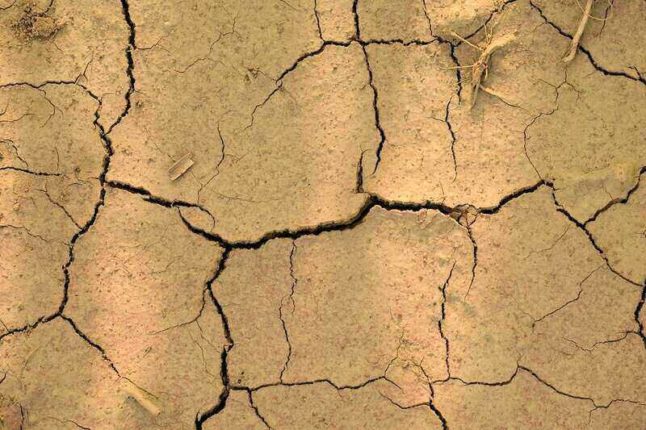
Your soil conditions largely determine the kind of plants that will thrive in your Phoenix xeriscape. High-quality soil will give your plants nutrition, water, and a nice cool temperature.
Drainage impacts your plants’ water needs, and every type of soil drains differently.
- Silt drains evenly, keeping plants hydrated.
- Sand drains quickly and can make your plants need extra watering.
- Clay likes to keep water. If you have a lot of clay in your soil, consider watering less often.
You’ll also need to think about your soil’s acidity. Either break out the pH meter or call in a pro. You’ll need to know whether your plants prefer soil that’s acidic or alkaline. You can find a good DIY soil test for about $15.
3. Choose Your Irrigation Method
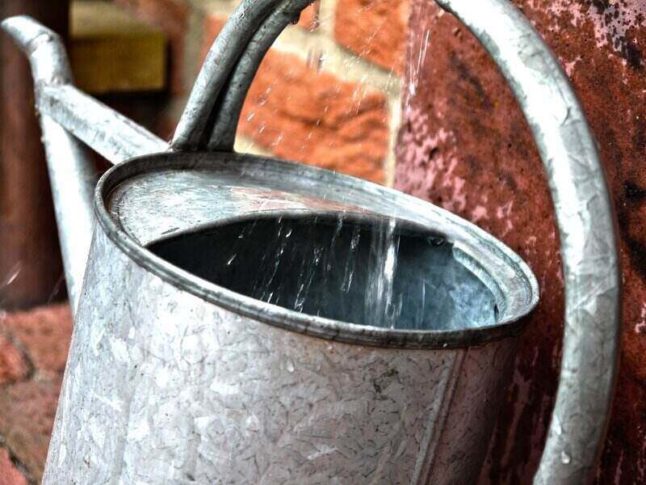
Even a cactus needs some water. A simple watering can works if you have time on your hands. A sprinkler system takes little effort, but might overwater your xeriscape, leading to root rot. By far your best choice is an automatic drip irrigation system. This will keep the soil moist without overwatering.
If you really want to cut that water bill, consider investing in a rain barrel.
Your average drip irrigation system costs about $600. A rain barrel will run you anywhere from $100 to $160.
4. Select Plants for Your Phoenix Xeriscape
Phoenix lies in USDA Hardiness Zone 10 with low temperatures of about 30 degrees. The warm weather, frequent sunshine, and low moisture all make Phoenix a great spot for a rustic desert garden.
Let’s take a look at some of the best shrubs, grasses, succulents, and flowers for a Phoenix xeriscape:
Shrubs and Trees
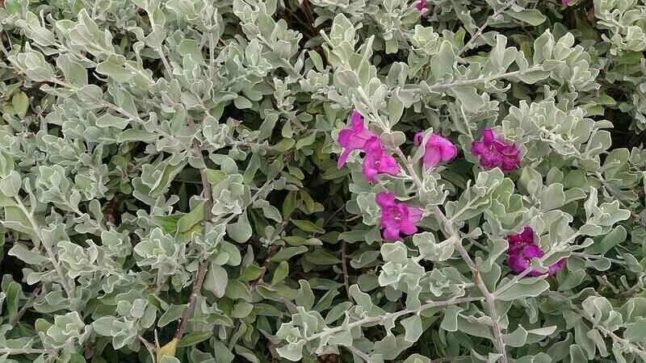
An arid landscape doesn’t have to be flat. There’s a plentiful selection of trees and shrubs to add height to your xeriscape.
- Texas sage
- Oleander
- Creosote bush
- Cape honeysuckle
- Red bird of paradise
- Palo verde
- Chinese pistache
- Chilean mesquite
You also can draw butterflies to your yard with a wooly butterfly bush or add a touch of color with some desert lavender. These plants typically cost between $20 and $100.
Succulents and cactuses
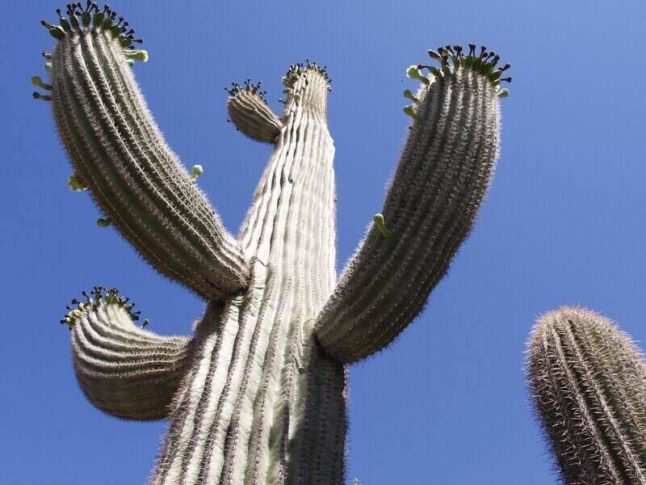
The Sonoran Desert is famous for its cactuses, especially the lofty and majestic saguaro. While it can take up to 40 years to reach full size, a saguaro would make a powerful centerpiece to any xeriscape.
Phoenix is perfect for cactus plants of all sizes, from the prickly pear and golden barrel cactus, to the Mexican fence and Argentine giant cactus.
You’ll also find success with hardy succulents like agave, aloe, yucca, and ocotillo.
Most of these cactuses and succulents sell in the range of $20 to $150, unless you want to buy a mature saguaro. These can cost up to $100 a foot.
Grasses
While the Sonoran Desert doesn’t exactly bring lush green turf to mind, you’ll find several hardy ornamental grasses adapted to the dry conditions. Native grasses like bamboo muhly, bullgrass, and Arizona cottontop will thrive with little water. If you enjoy purple blooms, try side oats grama or blue grama.
Turf-forming grass isn’t recommended for xeriscapes due to its high water needs, but you can get by with a small plot of buffalograss or Bermudagrass. These grasses cost anywhere from $10 to $60.
Flowering plants
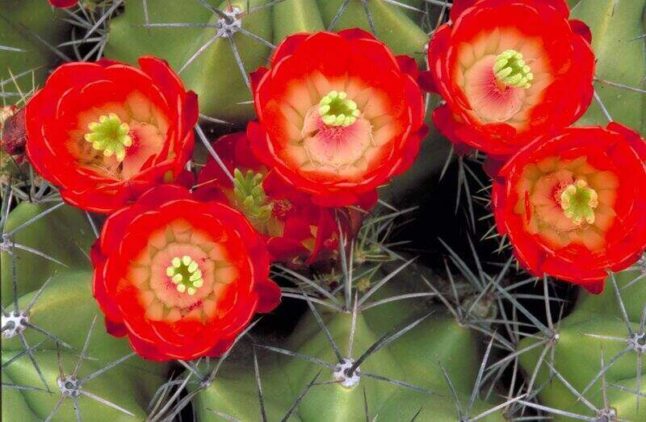
Deserts don’t have to be drab. Xeriscapers looking for flower beds with seasonal color are in luck. Chihuahuan sage blooms a lovely purple for much of the summer. The gopher plant doesn’t technically flower, but it grows colored bracts that bring a pleasant note of yellow to your summer landscape.
Hardiness Zone 10 also can support xeriscaping favorites like gaillardia and Adam’s needle yucca. For a flowering cactus, consider the claret cup, named for its striking red cup-shaped bloom.
These flowering plants will run between $16 and $70.
5. Pick Your Ground Cover
Since most xeriscapes won’t involve turf, you’ll need to plant some type of ground cover. A ground cover is essential to keep your roots cool and give you something to look at besides dirt. A healthy layer of mulch can upgrade your soil by adding nutrients. Gravel also makes a solid ground cover.
A spread of pebbles will drain efficiently while keeping things cool. Mulches and gravel also come in a range of colors, letting you customize your xeriscape.
A bag of mulch costs between $4 and $30. Expect to find a 50-pound bag of gravel in the same price range.
6. Add a Hardscape
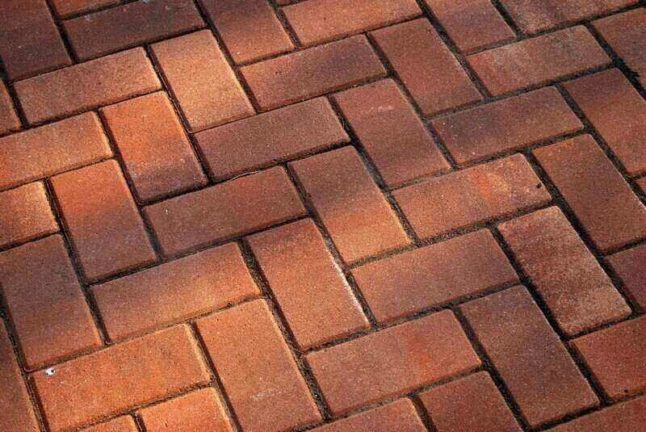
A good hardscape can add shape and structure to your xeriscape. You can add natural accents to your yard with a few well-placed boulders. A retaining wall adds distinction, drainage, and a three-dimensional space to your xeriscaped yard. A stone walkway can enhance your curb appeal and really tie the landscape together.
You also can use your hardscape to add a natural stone color to your yard.
A retaining wall costs roughly $3,000 to $8,000 to install. That stone walkway will run anywhere from $11 to $17 per square foot.
FAQ about Xeriscaping in Phoenix
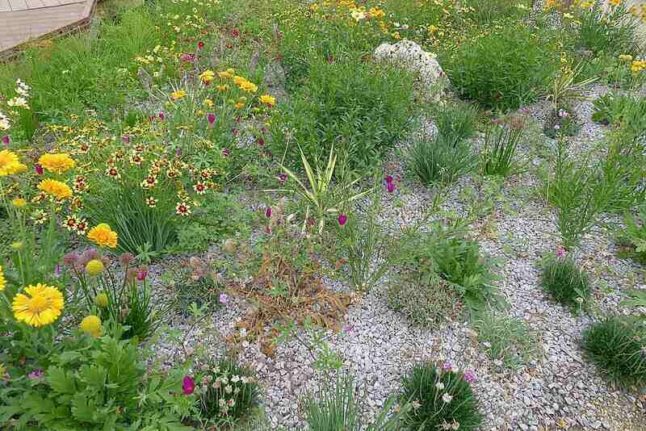
By using low-maintenance plants, combined with an efficient irrigation system, you can use 50% to 75% less water.
Xeriscapes are much more than rock and cactus plants. There’s plenty of drought-tolerant plants that flower and flourish in hardiness zone 10. Above we list grasses and flowers that would feel right at home in any Phoenix xeriscape.
An experienced landscape designer can lend their knowledge to help you pick plants and design a layout for your xeriscaped yard.
While any native plant in Arizona should thrive in the desert, there’s no lack of other low-water options available. Just be careful not to plant any invasive species.
When to Call a Phoenix Xeriscaper
While these tips can help with your DIY xeriscaping projects, sometimes you need to call in the pros. A professional Phoenix landscaper can help out with soil analysis and restoration. You also can count on a landscaper/xeriscaper to install your new irrigation system, mulch, or even your full-grown saguaro cactus.
Main Photo Credit: Marine 69-71 at en.wikipedia / CC BY-SA 3.0 via Wikimedia Commons
